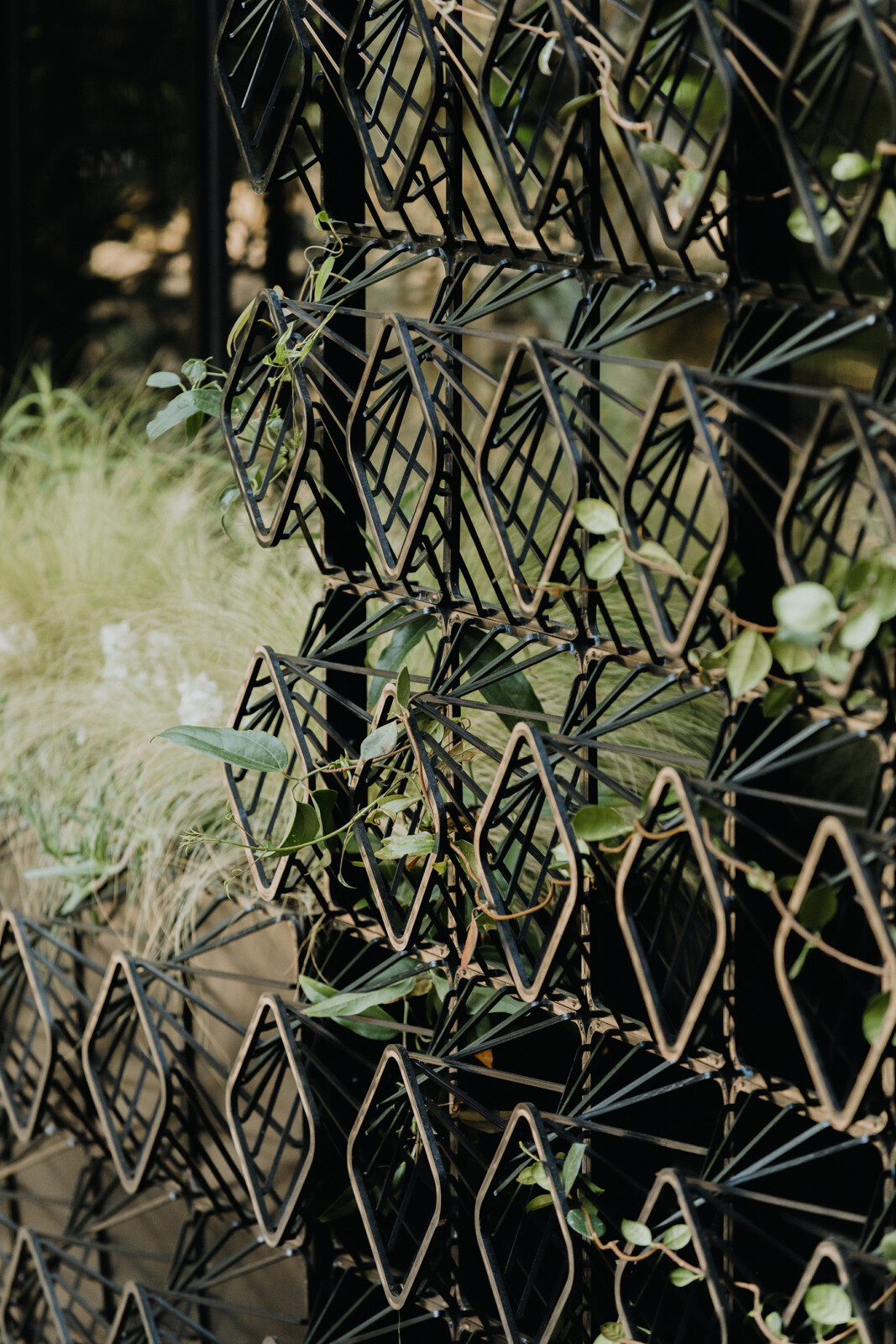BIOPHILIA – RESEARCH DOCUMENT
21-08-2024Biophilic design, rooted in the innate human connection with nature, has gained prominence in the field of architecture and design. A growing body of research explores the benefits of biophilic design which emphasises its impact on human health, productivity, and overall wellbeing. Drawing on references from interdisciplinary studies, GMS delves into its origins and sheds light on how incorporating natural elements and fractal geometry into their work that contributes to creating a harmonious relationship and connection between people and their surroundings plus a sense of connection to the outdoors within indoor spaces.
In 1964, the German social psychologist Erich Fromm first introduced the concept of “Biophilia” and used the term biophilia to describe people’s innate need to be in close contact with nature (Gunderson et al,2014). In 1984, following the publication of Biophilia by biologist Edward Wilson, the concept of “Biophilia” began to spread and become popular (Wilson et al, 2021). Wilson emphasises the emotional attachment of humans to nature and Wilson’s biophilia hypothesis proposes that our sensory systems developed heightened sensitivity to living and life-like stimuli of the natural world (Wilson, 1984).
Kaplan and colleagues proposed that inherently fascinating visual stimuli in natural landscapes, like vegetation, wildlife, and “the motion of leaves in the breeze” (Kaplan, 1995, p. 174), capture the attention of our visual system (Berman et al., 2014/ 2008, Ulrich & Parsons, 1992). This body of work suggests that within nature humans are more likely to orient and attend to these “soft fascinations” (Kaplan, 1995, p. 174) associated with living objects.
The fundamental principle of biophilic design involves incorporating natural elements, such as plants, water features, and natural light, into the built environment (Kellert et al., 2008). The concept of biophilic design encourages the use of natural elements and processes in the built environment as inspiration for design (Kellert et al., 2008). In 2022 Zhong et al proposed a biophilic design framework. In this framework, “nature” in architecture contains 18 elements under three design approaches: “nature incorporation”, employing all sorts of natural elements and processes; “nature inspiration”, mimicking natural shapes, patterns and mechanisms and creating visual or tactile experiences of nature; “nature interaction”, arranging nature-like environments that have survival advantage characteristics. By emulating natural patterns and structures, architects and designers can create aesthetically pleasing and functional spaces (Benyus, 2002). This principle enhances the overall design while promoting a sense of tranquillity and connection to the natural world.
BENEFITS
The biophilia hypothesis suggests that exposure to natural environments contributes to cognitive restoration, stress reduction, and overall psychological well-being (Ulrich, 1983; Kaplan, 1995). Biophilic design, incorporating natural elements into the built environment, has gained traction to enhance occupants’ mental health and productivity (Kellert et al., 2008). The visual appeal of nature, a key component of biophilia, has been associated with positive emotional states (Kaplan and Kaplan, 1989).
Many studies have explained the benefits of biophilic architecture in fulfilling the human-nature connectedness and fostering health, well-being, productivity, biodiversity, and resilience (Africa et al., 2019; Gillis and Gatersleben, 2015; Wijesooriya and Brambilla, 2021). Roger Ulrich’s <Stress Recovery Theory> suggests that interaction with nature can relieve psychological stress and promote positive emotions (Ulrich, 1991). Other research indicates that biophilic architecture patterns contribute to improved mood and overall well-being (Coburn et al, 2019, Ryan et al, 2014, Ryan & Browning, 2018).
